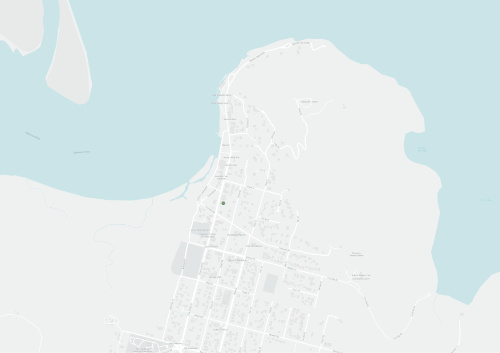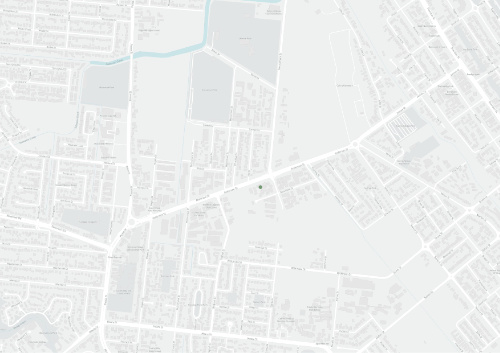Plan Explorer
Filter by:
Region
Topic
Sector
Other
Results
Hopevale community plan 2012
Current CommunityThe intent of the community plan is that it will represent the community’s views, visions and values for the future of the local government area, and set a strategic vision for what the community wants the area to be like in 10, 20 or more years.
Pormpuraaw Aboriginal Lands and Waters fire management plan
Current StrategicThe Pormpuraaw fire management plan was created by the Pormpuraaw Land and Sea Management group on behalf of the Thaayorre and Mungkan Traditional Owners and the Pormpuraaw Aboriginal Shire Council in conjunction with Cape York Sustainable Futures and Firescape Science, to provide various strateg
Laura Rangers weed and fire plan
Current CommunityThis poster outlines the objectives, location, strategy, planned outcomes, and implementation of the Laura Ranger's Weed Management Strategy.
Planned Burn Guidelines - Cape York Peninsula Bioregion of Queensland
Current OperationalThis guideline was developed as part of the Department of National Parks, Recreation, Sport and
Wunta Traditional Fire Management Plan Stage 1
Current OperationalThis document is to support the re-introduction of an indigenous practical fire management action plan to the Nesbit river area in Cape York Peninsula. The project is a stage one plan that will develop over time with further stages and to encompass more fire managed land in the area.
Eastern Kuku Yalanji Indigenous Protected Area Management Plan Stage 2
Current CommunityJalunji-Warra Land and Sea Country
(excerpt)
Eastern Kuku Yalanji Indigenous Protected Area Management Plan Stage 1
Current OperationalCaring for Kuku Nyungkal Country
Our vision for our bubu (land)1 is to
-
Maintain our Nyungkal culture, belief, customs and law/lore;
Recently added
Recovery plan for the Northern Quoll Dasyurus hallucatus
Threatened speciesThis recovery plan was released in 2010 with the ultimate goal of haulting the decline of the Northern Quoll, which are threatened with extinction by cane toads as they have a susceptibility to the toxin.
National recovery plan for the Specatacled Flying Fox Pteropus conspicillatus
Threatened speciesThe Spectacled Flying Fox is consdiered a vulnerable species under the Commonwealth Environment Protection and Biodiversity Conservation Act 1999 and so this plan was developed by the Queensland and Australian Government's in order to secure long term protection of the flying fox populations by r
Recovery plan for the stream-dwelling rainforest frogs of the wet tropics biogeographic region of north-east Queensland 2000–2004
Threatened speciesThis plan was released in 2001 by the Natural Heritage Trust and Queensland Parks and Wildlife Service with the ultimate goal of improving the conservation status of particular species of stream dwelling rainforest frogs within the Wet Tropics.
Whale Shark recovery plan 2005-2010
Threatened speciesThe whale shark is the world's largest fish and one of only three filter feeding shark species, it was listed as vulnerable in 2001 under the Environment Protection and Biodiversity Conservation Act 1999 (EPBC).
National recovery plan for the bare-rumped sheethtail bat Saccolaimus saccolaimus nudicluniatus
Threatened speciesThis plan was released in 2007 with the goal of improving the conservation status of the then critically endangered bare-rumped sheethtail bat.
Recovery plan for threatened seabirds
Threatened speciesThis plan attempted to improve the conservation status of ten species of Sea Birds by protecting and effectively managing breeding and foraging habitats and ensuring that threats such as pest flora and fauna dont prevent population growth.
Plan for the recovery of the southern cassowary
Current Threatened speciesThe southern cassowary (Casuarius casuarius johnsonii) occurs primarily in rainforest habitats but can also be found in woodlands, swamps, and disturbed vegetation forraging for fruits throughout the Wet Tropics.
National recovery plan for the buff-breasted button-quail Turnix olivii
Threatened speciesThe buff-breasted button quail was listed as endangered under the Commonwealth Environment Protection and Biodiversity Conservation Act 1999 and vulnerable and Queensland Nature Conservation Act 1992 prompting the development of this national recovery plan.
National recovery plan for the water mouse (false water rat) Xeromys myoides
Threatened speciesThe water mouse is listed as vulnerable under the Commonwealth Environmental Protection and Biodiversity and Conservation Act 1999 prompting the development of this plan in 2010 in order to improve the conservation status of the species by habitat conservation, threat reduction, research and publ
National recovery plan for the wet tropics yellow-bellied glider Petaurus australis unnamed subspecies
Threatened speciesThe Wet Tropics yellow bellied glider is a small marsupial classified as vulnerable under the Commonwealth Environment Protection and Biodiversity Conservation Act 1999 and Queensland Nature Conservation Act 1992.

